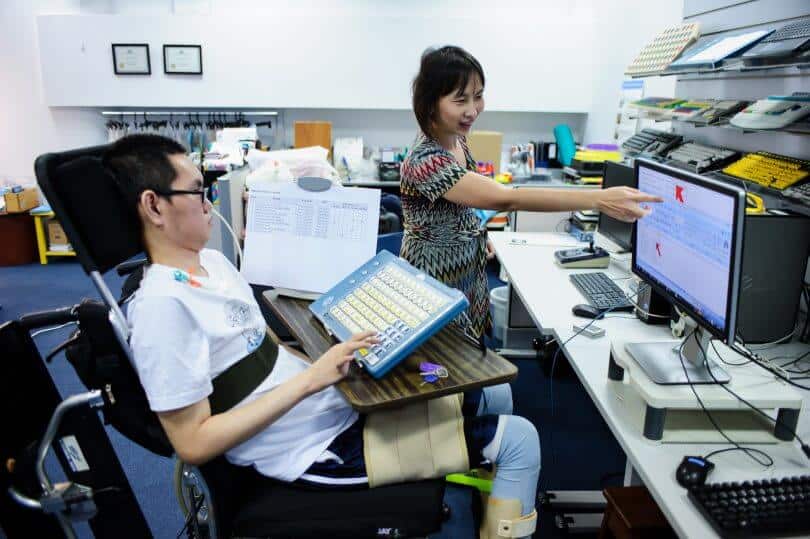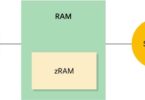Assistive technology: a great help very well received: a great help very well received facilitate the execution of activities or the interaction with the physical and social environment of Persons with Disabilities.
In order to carry out some tasks, Persons with Disabilities (PSD) may use Assistive Technologies, which correspond to all types of objects, equipment, systems, machines, tools, products, instruments, programs and / or services that can be used to increase, maintain, compensate, improve or replace the functional capacities of people with some difficulty in their performance or Disability (of any kind).
Some definitions differentiate Technical Assistance from TA, where Technical Aids represent artifacts, while technical assistance would comprise more advanced technologies and services. Currently, there is a transition in the use of these concepts, since the Technical Aids are, in any case, assistive technologies, therefore, it is more correct to speak in general of Assistive technology.
Assistive technology can be classified in different ways, one of them is the following:
– Non-technology: corresponds to the special use that is given to objects or methods of everyday use. For example, communicating by indicating objects or writing what is meant, in case of not being able to speak, posters with instructions, reading writings with larger letters, etc.
– Low technology: in this classification is considered the adapted use of tools that already exist. For example, adapted spoons or toothbrushes, cups with a recess, etc.
– Medium technology: are those equipment and/or products with a certain technological complexity, developed specifically for PsD. In this case, we have as an example the best known technical assistance, the wheelchair.
– Hi-tech: as its name implies, are that Assistive technology of high technological complexity. Generally based on Information and Communication Technologies (“ICT”, seen in a previous article), Biomedical Engineering, Robotics, etc. Examples include the use of software, computers, cognitive training video games, electric wheelchairs, cerebral cortex-connected hearing aids, PsD cars, among others.
The variety of Assistive technology is very wide, the diversity that is favored by the evolution of technology, and by the search for Universal Design and Accessibility.
Finally, Assistive technology facilitates the execution of activities or interaction with the physical and social environment, actions that the PSD could not perform or in which they needed the help of another person to carry them out. Thus, Assistive technology allow PSDs to lead a more independent life, more in line with their interests and decisions.







